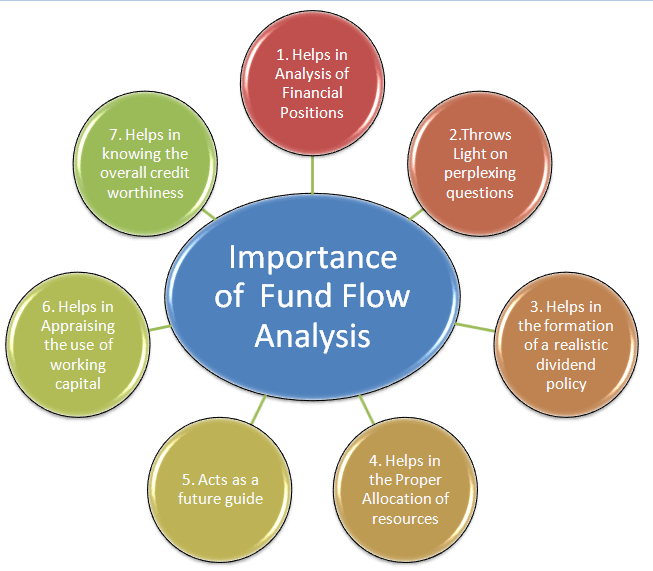Fund Flow
Fund Flow
Fund flow, also referred to as asset flows or just “flows,” measures the net movement of cash into and out of investment vehicles like mutual funds and exchange-traded funds. They do not reflect the performance of the investment, only how investors move their money.
Outflows reflect share redemptions, or when investors take their money out of a fund, while inflows reflect share purchases.
We can look at flows by share class, fund, Morningstar Category, asset class, and more to see how investors are moving their money. Fund companies report flows at the share-class level. These share-class level flows can then be aggregated to get the cumulative flows of larger segments of the market.
Meaning of Fund Flow
Fund flow is the sum of all cash inflows/outflows from and into different financial assets. Fund flow calculates on a monthly or quarterly basis; no account is taken of the output of an asset or fund. It is only the share redemptions or outflows, and share purchases or inflows.
Net inflows produce excess cash for investment managers, which in turn increases the demand for securities such as stocks and bonds.
Why Do Fund Flows Matter?
Broadly, fund flows are a window into investor behaviour and are often an indicator of investor sentiment. Inflows may suggest that investors are optimistic about potential future returns while outflows suggest that investors are warier.
Fund flows have long been viewed as a meaningful investment signal, especially in the equity space. The idea is that strong flows into equity funds drive up stock prices, attracting more return-chasing investors and bidding up prices further. Just as inflows beget more inflows, outflows beget more outflows, which in turn leads to falling stock prices.
Real-World Example
For the year to date ending September 2020, U.S. mutual funds saw total outflows of $317 billion while exchange-traded funds (ETFs) saw a total of $313 billion inflows.
For the month ending September 2020, in which the S&P 500 reached an all-time high on Sept. 2, 2020, mutual funds and ETFs saw inflows of $13 billion. Looking at individually, however, mutual funds had outflows of $22 billion while ETFs had inflows of $34 billion.1
